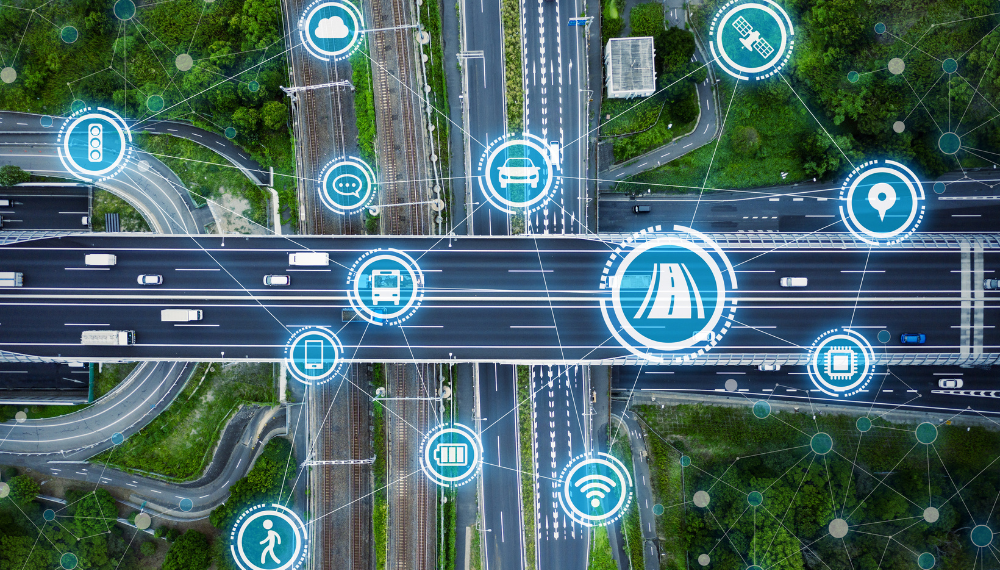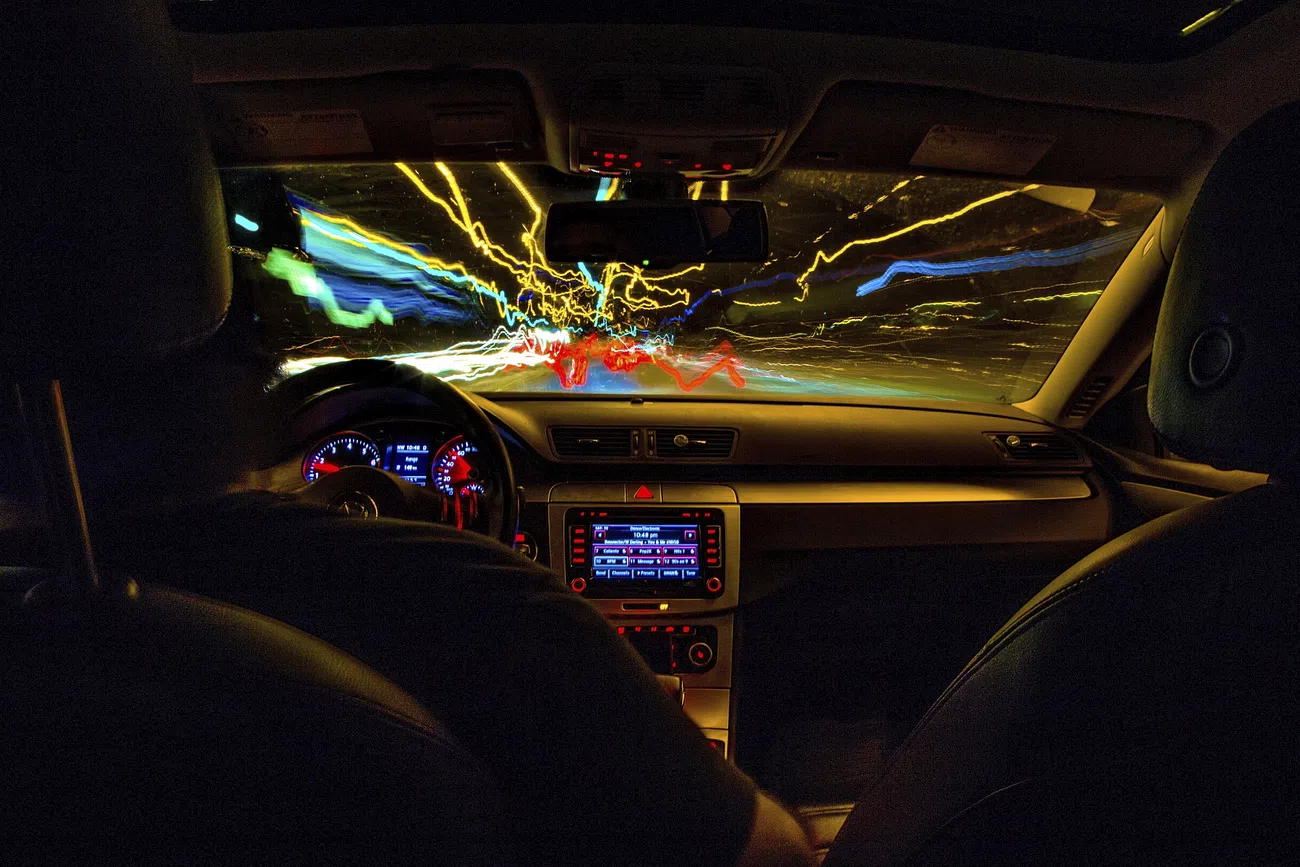What are the car technologies that are shaping the future of the automotive industry? Car technologies are continually evolving to improve safety, efficiency, and convenience while offering a more enjoyable driving experience. From driver assistance systems to autonomous driving technology, this article will discuss the top 15 advanced technologies that are transforming the automotive industry.
Driver Assistance Systems

Driver assistance systems use sensors and cameras to monitor the environment around the vehicle and provide warnings or assistance when necessary.
Adaptive Cruise Control
Adaptive Cruise Control (ACC) allows vehicles to maintain a safe distance from other vehicles on the road. This technology uses radar or cameras to detect the distance to the vehicle ahead and adjusts the speed accordingly.
Lane Departure Warning
Lane Departure Warning (LDW) alerts drivers when they are drifting out of their lane. This system uses cameras to detect the lane markings and provides an alert if the vehicle begins to move out of the lane.
Blind-Spot Detection
Blind-Spot Detection (BSD) uses sensors to detect vehicles in the driver’s blind spot. The system provides an alert if the driver attempts to change lanes, and there is a vehicle in the blind spot.
Automatic Emergency Braking
Automatic Emergency Braking (AEB) is a safety system that applies the brakes automatically if it detects an imminent collision. This technology can help prevent accidents and reduce the severity of collisions.
According to Kelley Blue Book’s 10 Best Automotive Technologies of 2023, AEB is one of the top car technologies to look out for.
What are some automotive technologies?
This article covers the top 15 car technologies shaping the future of the automotive industry, including:
– Driver Assistance Systems (Adaptive Cruise Control, Lane Departure Warning, Blind Spot Detection, Automatic Emergency Braking)
– Electric Powertrains (Battery Electric Vehicles, Hybrid Electric Vehicles, Plug-in Hybrid Electric Vehicles)
– Connected Car Systems (Vehicle-to-Vehicle Communication, Vehicle-to-Infrastructure Communication, Wi-Fi Connectivity)
– Advanced Safety Features (Night Vision, Forward Collision Warning, Pedestrian Detection, Tire Pressure Monitoring System)
– Infotainment Systems (Voice Recognition, Gesture Control, Augmented Reality Displays, Wireless Charging)
– Autonomous Driving (Level 1-5)
– Future Trends in Car Technologies (Biometric Sensors, Augmented Reality Displays, Advanced Materials, Energy Storage Solutions)
Electric Powertrains

Electric powertrains are becoming increasingly popular as consumers seek more environmentally friendly vehicles. These powertrains use electric motors and batteries to power the vehicle.
Battery Electric Vehicles
Battery Electric Vehicles (BEVs) are vehicles that are powered entirely by electricity. These vehicles do not have a traditional internal combustion engine and produce no emissions.
Hybrid Electric Vehicles
Hybrid Electric Vehicles (HEVs) use both an electric motor and an internal combustion engine to power the vehicle. These vehicles are more fuel-efficient than traditional vehicles and produce fewer emissions.
Plug-in Hybrid Electric Vehicles
Plug-in Hybrid Electric Vehicles (PHEVs) have a larger battery than HEVs and can be charged from an external power source. These vehicles have a longer electric-only range than HEVs.
Connected Car Systems

Connected car systems use technology to connect vehicles to the internet, other vehicles, and infrastructure. These systems offer a range of benefits, including improved safety and convenience.
Vehicle-to-Vehicle Communication
Vehicle-to-Vehicle (V2V) communication allows vehicles to communicate with each other, sharing information about their speed, position, and direction. This technology can help prevent accidents and improve traffic flow.
Vehicle-to-Infrastructure Communication
Vehicle-to-Infrastructure (V2I) communication allows vehicles to communicate with roadside infrastructure, such as traffic lights and road signs. This technology can help improve traffic flow and reduce congestion.
Wi-Fi Connectivity
Wi-Fi connectivity allows passengers to connect to the internet while in the vehicle. This technology can provide a range of benefits, including access to entertainment and productivity tools.
According to the article on Connected Car: Technologies, Issues, Future Trends by ACM, connected cars are becoming increasingly significant in the Internet of Things and the competitive market. The article provides an overview of the possibilities and challenges of connected cars, along with available hardware and software solutions.
Advanced Safety Features
Advanced safety features use sensors and cameras to monitor the environment around the vehicle and provide warnings or assistance when necessary.
Night Vision
Night Vision systems use infrared cameras to detect objects that are not visible to the naked eye. This technology can help drivers see pedestrians and animals that may be in the road.
Forward Collision Warning
Forward Collision Warning (FCW) alerts drivers when they are approaching a vehicle too quickly. The system uses sensors to detect the distance to the vehicle ahead and provides an alert if the vehicle is approaching too quickly.
Pedestrian Detection
Pedestrian Detection systems use cameras and sensors to detect pedestrians and cyclists in the vehicle’s path. The system provides an alert if there is a risk of a collision.
Tire Pressure Monitoring System
The Tire Pressure Monitoring System (TPMS) alerts drivers if the tire pressure is too low. This technology can help prevent accidents caused by underinflated tires.
Infotainment Systems
Infotainment systems provide a range of features designed to entertain and inform passengers. These systems can include features such as music streaming, navigation, and hands-free calling.
Voice Recognition
Voice Recognition technology allows drivers to control the infotainment system using their voice. This technology can help reduce distractions while driving.
Gesture Control
Gesture Control technology allows drivers to control the infotainment system using hand gestures. This technology can help reduce distractions while driving.
Augmented Reality Displays
Augmented Reality Displays provide a range of information, including navigation, speed, and traffic information. This technology can help improve safety and convenience while driving.
Wireless Charging
We already have wireless smartphone connectivity and charging. But for cars wireless charging technology allows passengers to charge their devices without the need for cables. This technology can provide a range of benefits, including convenience and reduced clutter.
Case Study: The Benefits of Adaptive Cruise Control
When Emily’s father was diagnosed with Parkinson’s disease, she knew that he would need extra support while driving. Emily’s father loved driving, but his condition made it difficult for him to stay focused on the road for long periods of time. Emily began researching car technologies that could help her father feel more confident behind the wheel.
That’s when she discovered Adaptive Cruise Control (ACC). ACC helps drivers maintain a safe distance from the car in front of them by automatically adjusting the car’s speed. ACC uses sensors to detect the distance between the driver’s car and the car in front of them. If the car in front slows down, ACC will automatically slow down Emily’s father’s car, and if the car in front speeds up, ACC will speed up as well.
Emily’s father was hesitant to try ACC at first, but after using it for a few weeks, he noticed a significant improvement in his driving ability. He felt more confident and less stressed while driving, which made him enjoy driving again. ACC helped Emily’s father feel safe on the road and gave him the freedom to continue doing what he loved.
Adaptive Cruise Control is just one of the many driver assistance systems that are shaping the future of the automotive industry. These technologies not only improve safety on the road but also help people with disabilities or age-related conditions continue to drive with confidence.
Autonomous Driving
Autonomous driving technology is designed to allow vehicles to drive themselves without the need for human intervention. These systems use sensors and cameras to monitor the environment around the vehicle and make decisions based on that information.
Level 1 – Driver Assistance
Level 1 Autonomous Driving technology provides assistance to the driver but still requires human intervention. These systems can include features such as adaptive cruise control and lane departure warning.
Level 2 – Partial Automation
Level 2 Autonomous Driving technology allows the vehicle to take control in certain situations, such as highway driving. However, the driver is still required to monitor the vehicle and take control when necessary.
Level 3 – Conditional Automation
Level 3 Autonomous Driving technology allows the vehicle to take control in certain situations, but the driver must still be available to take control when necessary.
Level 4 – High Automation
Level 4 Autonomous Driving technology allows the vehicle to drive itself in most situations, but the driver must still be available to take control if necessary.
Level 5 – Full Automation
Level 5 Autonomous Driving technology allows the vehicle to drive itself in all situations, without the need for human intervention.
Upcoming Car Technologies

| Technology | Description |
|---|---|
| Biometric Sensors | Biometric sensors can monitor the driver’s vital signs, such as heart rate and blood pressure, to improve safety and reduce the risk of accidents. |
| Augmented Reality Displays | Augmented Reality Displays provide drivers with a range of information, including navigation and traffic data. |
| Advanced Materials | Advanced Materials, such as carbon fiber, are being used to make vehicles lighter and more fuel-efficient. |
| Energy Storage Solutions | Energy Storage Solutions, such as solid-state batteries, are being developed to provide longer ranges and faster charging times for electric vehicles. |
The automotive industry is constantly evolving, and new technologies are being developed all the time. Some of the future trends in car technologies include:
Biometric Sensors
Biometric sensors can be used to monitor the driver’s vital signs, such as heart rate and blood pressure. This technology can help improve safety and reduce the risk of accidents caused by medical emergencies.
Augmented Reality Displays
Augmented Reality Displays are becoming more common in vehicles, providing drivers with a range of information, including navigation and traffic data.
Advanced Materials
Advanced Materials, such as carbon fiber, are being used to make vehicles lighter and more fuel-efficient.
Energy Storage Solutions
Energy Storage Solutions, such as solid-state batteries, are being developed to provide longer ranges and faster charging times for electric vehicles.
Conclusion
The top 15 advanced car technologies highlighted in this article include driver assistance systems, electric powertrains, connected car systems, advanced safety features, infotainment systems, and autonomous driving technology.
These technologies are designed to improve safety, efficiency, and convenience while offering a more enjoyable driving experience. By staying informed about the latest car technologies, you can keep up with the latest trends and advancements in the automotive industry.







